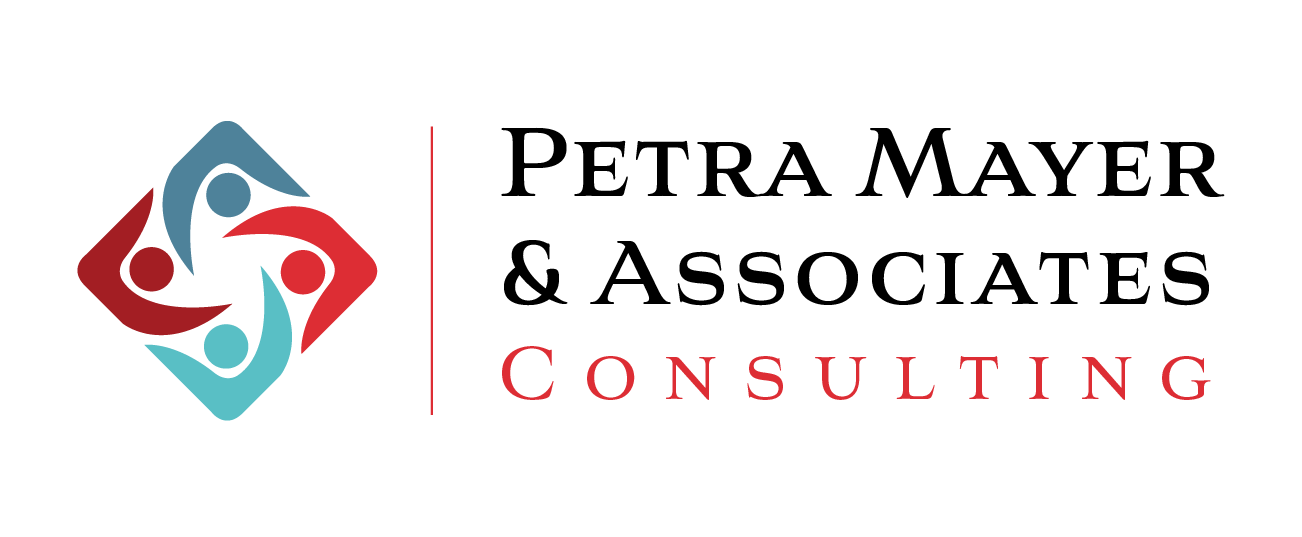Employee training is a critical component of organizational success, but it often faces resistance from employees. In this guide, we’ll explore common barriers to employee training and provide actionable strategies for leaders to overcome these challenges. Let’s look at the most frequent reasons employees cite for not participating in specific training programs and how to address them effectively.
Understanding Employee Training Resistance
In 2023, a U.S. report revealed a significant rise in training expenses, reaching $101.8 billion. Despite the associated costs, investing in employee growth and staying current with essential training brings numerous benefits. As organizations face these growing expenses, it becomes crucial to identify and overcome the challenges employees face in training.
1. Lack of Time
Employees often cite a lack of time as a major obstacle to engaging in training. To address this, leaders can take proactive steps. One effective approach involves collaborating with managers to carve out dedicated time for training in team schedules. By working closely with team leaders, organizations can ensure that training is integrated seamlessly into employees’ work routines, reducing potential time constraints.
Another strategy is to prioritize essential training modules and optimize content for efficiency. Leaders can identify critical information and skills that directly contribute to job performance and focus on delivering impactful training materials.
2. Training Length
Lengthy training sessions often come across as dull, tedious and demotivating. Combat this by eliminating unnecessary details and focusing on essential information. By doing so, you ensure that employees receive the important knowledge pieces without the training becoming overwhelming.
Injecting interactivity into the training sessions is another way to help maintain employee interests and engagement. Incorporate activities like quizzes, discussions, or practical exercises to break up the training and encourage active participation.
3. Tool Complexity
If the Learning Management System (LMS) is not user-friendly, it can become an obstacle to a positive learning experience. Overcome this barrier by opting for training platforms that prioritize user-friendliness and intuitive design. Investing in platforms with straightforward interfaces and clear navigation ensures that participants can better understand the functions without too much complexity.
When using systems that may be on the complex side, ensure to offer user training or tutorials. This proactive step helps employees can navigate the LMS effectively and with ease.
4. Relevance to Role
Employees may resist training that they view as unrelated to their roles. To bridge this gap consider addressing the connection between the training content and the employees’ job responsibilities. Communicate how the skills and knowledge gained in the training sessions apply to their daily tasks and job functions. This clarity can better foster a sense of relevance and purpose, motivating employees to actively participate in training.
5. Repetition
When employees have already previously completed training modules, the idea of repetition can lead to resistance. To effectively address this, consider offering advanced or specialized modules for those who have completed basic training. This approach not only helps keep the materials fresh and challenging but also allows employees to further deepen their expertise.
Addressing Technological Barriers
Another hurdle that employees may face is technological ones, which can be a significant obstacle. Mitigate these challenges by:
- Providing technical support and resources for employees facing difficulties.
- Ensuring that the training platform is compatible with various devices and browsers.
Strategies for Success
Now that we’ve identified common resistance points, let’s explore proactive strategies to enhance the effectiveness of employee training:
1. Managerial Support
Enlist the support of managers to champion training initiatives. Request that managers create dedicated time slots for their teams, emphasizing the importance of skill development.
2. Content Optimization
Review training content regularly, aiming for brevity without compromising substance. Opt for interactive and engaging formats to maintain participant interest.
3. Onboarding Integration
During the onboarding process, ensure new employees receive comprehensive training on HR systems. For existing employees, periodic refreshers can be beneficial to reinforce their knowledge.
4. Role-Alignment Awareness
Foster awareness among employees regarding the direct correlation between training and their roles. Highlight the consequences of non-compliance and emphasize the positive impact of skill development on career growth.
Final Thoughts
Overcoming employee resistance to training requires a strategic and empathetic approach. By addressing time constraints, content length, tool usability, role relevance, and repetition concerns, organizations can create a more conducive learning environment. Technological challenges should be met with robust support, ensuring a seamless training experience for all employees. With these strategies in place, organizations can transform employee training from a perceived burden into a valuable opportunity for growth and development.

